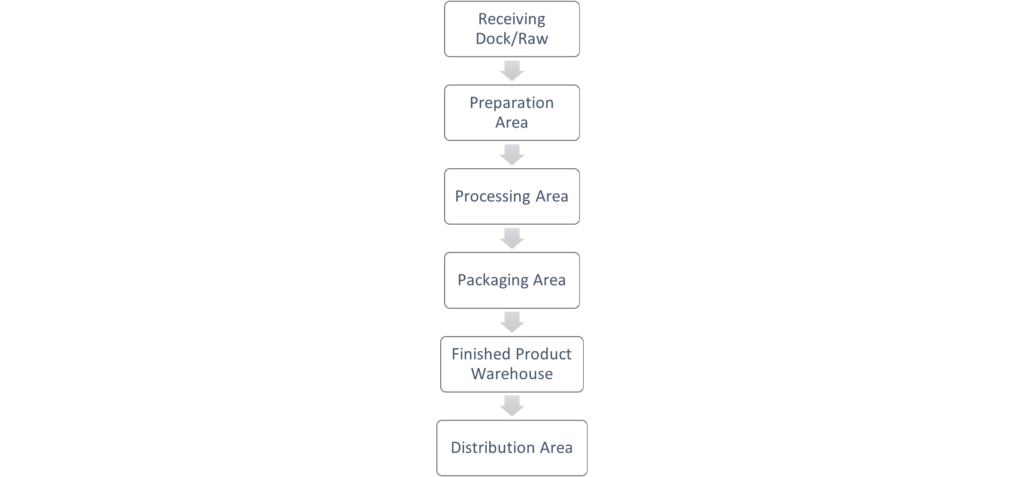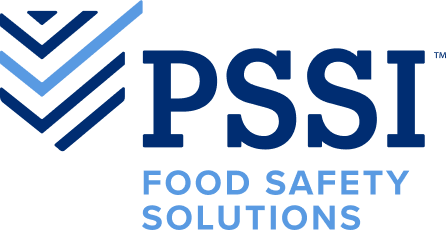Several basic programs are required to establish effective microbial control in food facilities, and these components make up the Microbial Control Equation. One core principle in the Microbial Control Equation is to separate raw from ready-to-eat (RTE).

Why is it important to separate raw from RTE? Studies show there is a greater chance of finding pathogens or spoilage organisms in raw manufacturing areas than in RTE areas. Managing the flow of personnel, supplies, air movement, and equipment significantly reduces the potential for cross-contamination from raw to RTE. Cross-contamination is the transfer of harmful bacteria from a person, object, or place to another. Preventing cross-contamination is a key factor in preventing foodborne illness.

Failure to control the workflow can lead to cross-contamination of microorganisms. This failure means Listeria, Salmonella, and other microbes can be transported, transferred, and spread throughout a facility. Ideally a facility should be designed to provide a flow pattern to prevent cross-contamination of finished product from raw materials. Flow should be in one direction and follow a logical sequence from raw material handling to finished product, such as outlined in the figure below.

To help maintain one-directional flow from raw to RTE, there should be as much physical separation between the two areas as possible. Physical separation can be accomplished by installation of walls and doorways, and by adjusting air handling systems to provide positive pressure in finished product rooms.
One way to identify raw from RTE is to use color-coding. Color-coding can be applied to clothing, cleaning supplies, containers, gaskets, forklifts, floor coatings, and any other items that need to be identified. Everything that comes into contact with raw areas, including employees working with raw materials, must not enter finished product rooms (unless a strict changeover procedure is followed).
Just like we keep our cooked foods separate from our raw foods at home, we must keep raw and RTE separate in food processing and manufacturing plants. Physical separation of raw and RTE is best practice, such as using separate knives and cutting boards for different foods in our kitchens. Absolute separation of raw from RTE reduces the risk of cross-contamination, which leads to safer foods both in the plant and at home.

